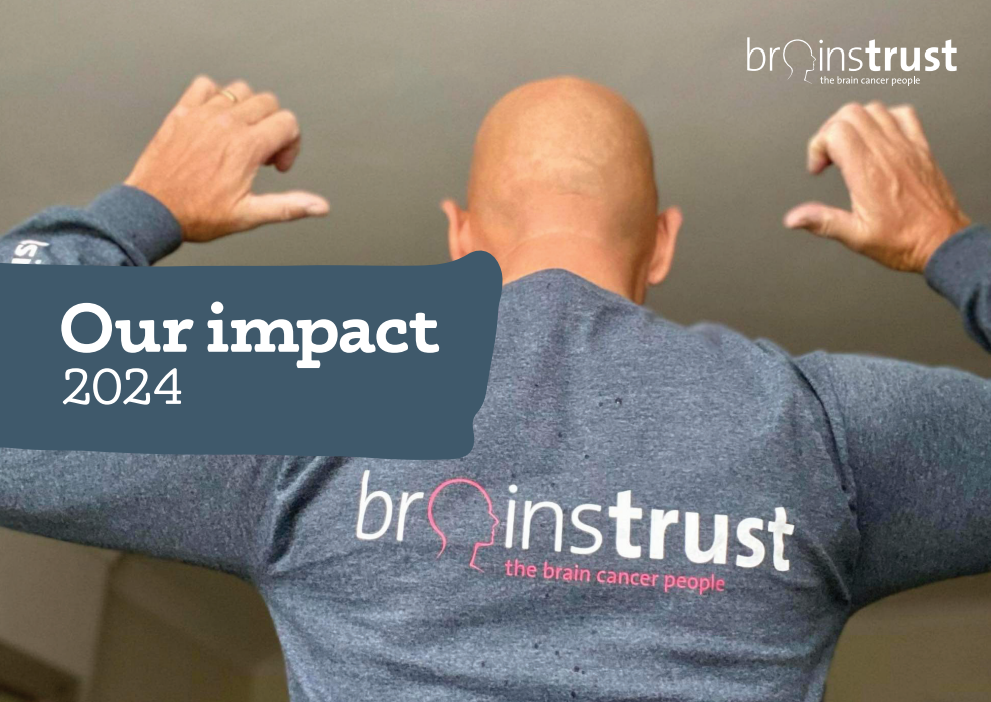Join team brainstrust for the London or Liverpool Santa Run 2016
Join thousands of Santas this December at the Liverpool or London Santa Dash and help people living with a brain tumour. It doesn’t matter if you run, jog or walk, because this event is all [...]








